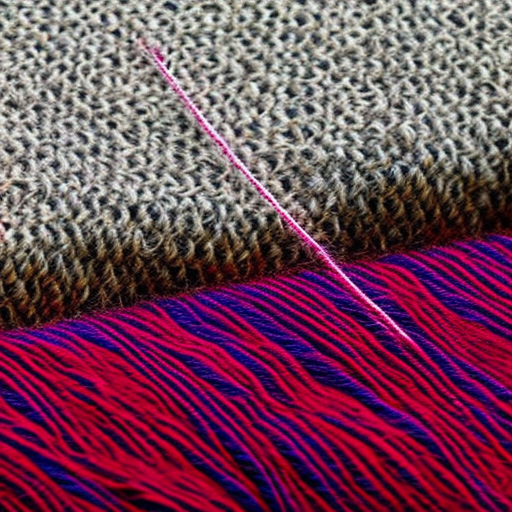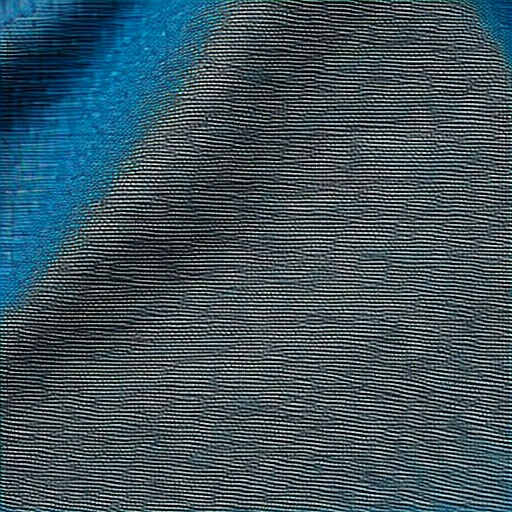

Wool fabric is a versatile and popular material for sewing projects. Its natural properties make it suitable for various garments and household items. Whether you are sewing warm winter coats, cozy blankets, or stylish hats, wool fabric offers unique advantages.
Why choose wool fabric?
- Warmth: One of the main benefits of sewing with wool fabric is its exceptional insulation properties. Wool fibers naturally trap air, creating a layer of warmth against the body. This makes it ideal for cold weather clothing.
- Durability: Wool fabric is known for its durability and longevity. It can withstand wear and tear, making it a great choice for heavily used items like outerwear and upholstery.
- Breathability: Despite being warm, wool is also breathable, allowing excess heat and moisture to escape. This ensures comfort and prevents overheating even when wearing multiple layers.
- Versatility: Wool fabric comes in various weights and textures, from lightweight suiting materials to thick and chunky knits. This versatility makes it suitable for a wide range of sewing projects.
Tips for sewing with wool fabric
Working with wool fabric requires a few considerations to achieve the best results:
- Pre-wash: Some wool fabrics benefit from pre-washing to minimize shrinkage. Always check the fabric care instructions before washing.
- Cutting: Use sharp scissors or a rotary cutter to ensure clean cuts. Take care to match patterns and align textures when sewing garments with multiple fabric pieces.
- Seam finishing: Wool doesn’t fray as easily as other fabrics, but it’s still essential to finish seams to prevent unraveling. Consider using pinking shears or serging
- Pressing: Wool can handle heat, but it’s best to use a pressing cloth to protect the fabric from direct contact with the iron. Press gently and avoid using excessive steam.
Caring for wool fabric
Proper care ensures the longevity of wool fabric creations:
- Dry clean: Many wool fabrics require dry cleaning to avoid shrinkage or damage. Always follow the care labels or consult a professional.
- Hand washing: Some wool fabrics are hand washable. Use lukewarm water and a mild detergent specifically made for wool. Gently squeeze the fabric, avoiding harsh wringing or twisting.
- Storage: To prevent moths, clean wool items before storing, and use cedar blocks or lavender sachets. Fold knit items to prevent stretching, while coats and jackets should be hung on sturdy hangers.
Sewing with wool fabric opens up a world of creative possibilities. Its warmth, durability, and versatility make it an excellent choice for numerous sewing projects. Whether you’re a beginner or an experienced sewer, exploring the potential of wool fabric can lead to beautiful and functional creations.





I love to make wool blanket for friends and family! #SewHappy
Shirley Starnell: I’m still trying to master sewing with wool – it can be tough! #SewingWoolFabric
Crafting with wool fabric is a great way to stay warm and stylish this winter! #SewingWoolFabric
I’m so excited to try some of the projects I’ve seen online! Working with wool fabric is such a rewarding experience. Plus, I love that there are so many pattern and color options available! #SewingWoolFabric